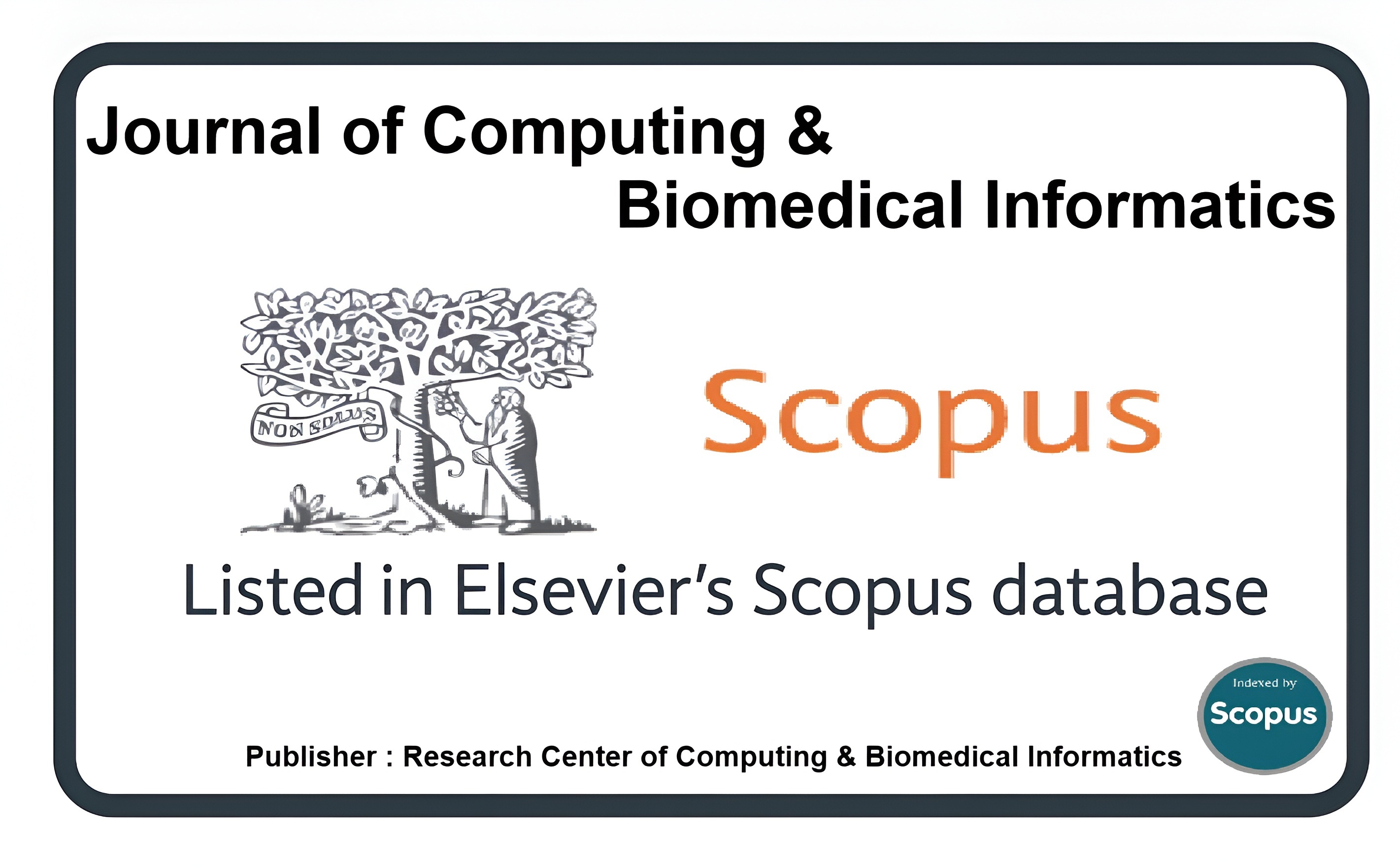Comparative Evaluation of Mechanized and Conventional Composting Process
Keywords:
Sustainable, Windrow composting, Mechanization, Windrow turnerAbstract
Composting is the decomposition of organic matter in aerobic environment. windrow turner machine is used to turn compost piles. Composting is an excellent method to increase soil organic matter content. This paper will analyze about the comparison between mechanized and the conventional pile turning methods in composting process and the need for windrow turner machines to manage waste effectively and turn it into nutrient-dense material. This put emphasis on the vital role that windrow turner machine plays in managing problems related to agricultural waste, soil degradation and deficient nutrients in soil. This approach not only delivers a practical solution, it also points out the potential for significant increase in soil fertility and agricultural sustainability. The results of our study show that compost turned by machine has more Cation Exchange Capacity (CEC) values than compost turned by hand that is linked to the turning frequency. After the period of 8 weeks the CEC values in pile 2 raised from 21.23 meq/100 g dry weight to 33.28 meq/100 g dry weight, whereas the Cation Exchange Capacity values in pile 1that was turned using a windrow turner machine increased from 21.23 meq/100 g dry weight to 68.87 meq/100 g dry weight. A large rise in Cation Exchange Capacity values in turned compost indicates compost maturity. The value of 60 meq/100 g of CEC of compost is considered mature compost. Moreover, the value of electrical conductivity in pile 1 increased from 1.98 ds/m to 11.34 ds/m, whereas in pile 2 it climbed from 1.98 ds/m to 7.86 ds/m after 8 weeks. The outcomes of this research contribute to a comprehensive understanding of the benefits related with effective composting and their effects on soil health.
Downloads
Published
How to Cite
Issue
Section
License
This is an open Access Article published by Research Center of Computing & Biomedical Informatics (RCBI), Lahore, Pakistan under CCBY 4.0 International License





